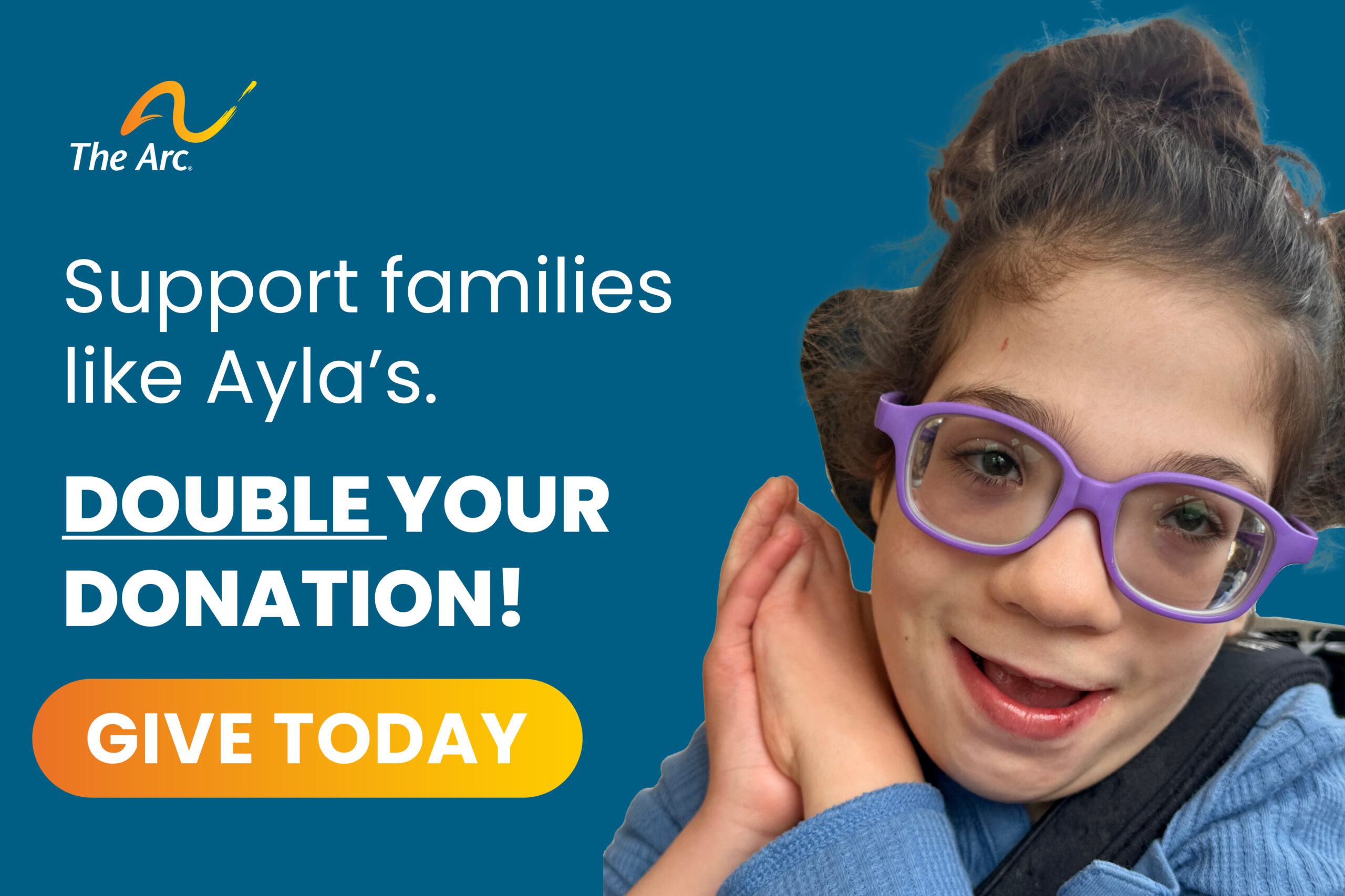Contents
- Introduction
- Self-Advocacy for someone with an intellectual or developmental disability is …
- How is the Self-Advocacy Movement Organized?
- Who is Involved?
- What are the Principles that are Important for Self-Advocates?
- Resources
Introduction
Self-advocacy is the civil rights movement for people with intellectual and developmental disabilities working together for justice by supporting each other to take charge of our lives and fight discrimination. The way self-advocates learn about advocating for themselves is by supporting each other to gain confidence in order to express their own opinions about things.
Self-Advocacy for someone with an intellectual or developmental disability is …
- Getting to know yourself, being proud, and feeling strong.
- Belonging to a local self-advocacy group, getting to know the people around you and making friends.
- Learning new things, solving problems, making our case, and negotiating for what you want.
- Making your own decisions and knowing your responsibilities.
- Thinking of all the other civil rights movements and preserving your rights.
- Realizing you are not alone, that there are other people who are just like you.
- Being part of your community.
- Listening to people’s ideas and respecting their opinions.
- NOT judging people because of the way they look or speak.
- Meeting politicians and telling them like it is.
- Spreading the word and getting others involved in self-advocacy, especially teens.
- Helping others become leaders, feeling the power.
How is the Self-Advocacy Movement Organized?
No matter where you go across the country you are likely to encounter one of many local self-advocacy groups run by people with autism or intellectual and developmental disabilities. They are the grassroots. You can’t have self-advocacy without supporting a network of local self-advocacy groups! It is not about one, it is about all. Local groups are key because it is important for the information to come from us. You get the honest truth from your peers. You are hearing it through the experience of peers directly. When there is information only coming from people without disabilities, it can be sugar coated; the environment can feel too controlling and biased. Most states have a statewide self-advocacy organization with a formal relationship with the local self-advocacy groups. Typically board members and officers for the statewide organization are elected by and represent local groups.
Who is Involved?
A big part of self-advocacy is our connection to each other. We advocate for unity and everyone working together. We do not single out any one group; we include people with all kinds of intellectual and developmental disabilities. We are accepting of each other. It cuts across race, religion, gender, communication style, sexual orientation and age.
What are the Principles that are Important for Self-Advocates?
- We believe in the principle of “Nothing about us without us” which means people with disabilities need to be at the table and others should not talk about us or make decisions about our lives when we are not there.
- People with disabilities should be treated as equals. People should be given the same decisions, choices, rights, responsibilities, and chances to speak up and empower themselves. We want to live. We want a life.
- People should be able to learn from their mistakes like everyone else. For example, if someone gets into financial trouble the agency should not come in and just take the person’s debit card away.
- Everyone deserves to live in the community. Inclusion is a birthright. Self-determination is the key to successful community inclusion. People with disabilities want to work at jobs they choose, have a career if they want, be able to go to school and learn, and be valued employees like other people.
Resources
Self-Advocacy! This one-page handout created by Advocates in Action uses colorful graphics to describe 6 aspects of self-advocacy. The text is clear and easy to understand. It is a valuable resource for introducing students with disabilities to the self-advocacy movement.
The ACT Self-Advocacy Quick Guide is an attractive resource that uses pictures and text to introduce the self-advocacy movement. It emphasizes the importance of using respectful language to describe people with disabilities and provides examples of phrases to use and labels to avoid. Self-advocates provide suggestions on the many ways people with intellectual and developmental disabilities, their families, providers and allies can contribute to the self-advocacy movement.


